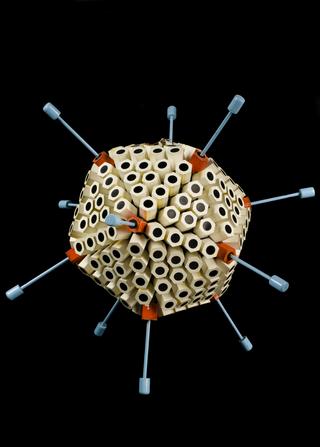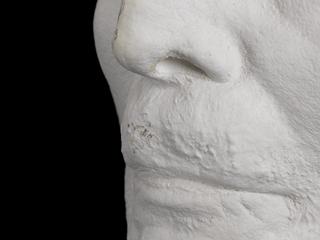

Glass pipette, used by Pasteur to remove saliva from rabid dogs, cylindrical glass tube which tapers to a point at each end
This glass pipette was used by Louis Pasteur (1822-1895), the French chemist and microbiologist, to remove saliva from dogs infected with rabies. Rabies can be passed by a bite or saliva from an infected animal. By extracting virulent samples of the disease from the central nervous system of infected animals and injected them into people with rabies, he created a successful vaccine in 1885. In 1888 the Pasteur Institute was established in Paris for the treatment of rabies. Pasteur worked there until his death. His rabies vaccine was only the second vaccine to be developed against a human illness.
Details
- Category:
- Microbiology
- Collection:
- Sir Henry Wellcome's Museum Collection
- Object Number:
- A55125
- Materials:
- glass
- Measurements:
-
overall: 175 mm 10 mm,
- type:
- pipette
- credit:
- Poulene, M.



